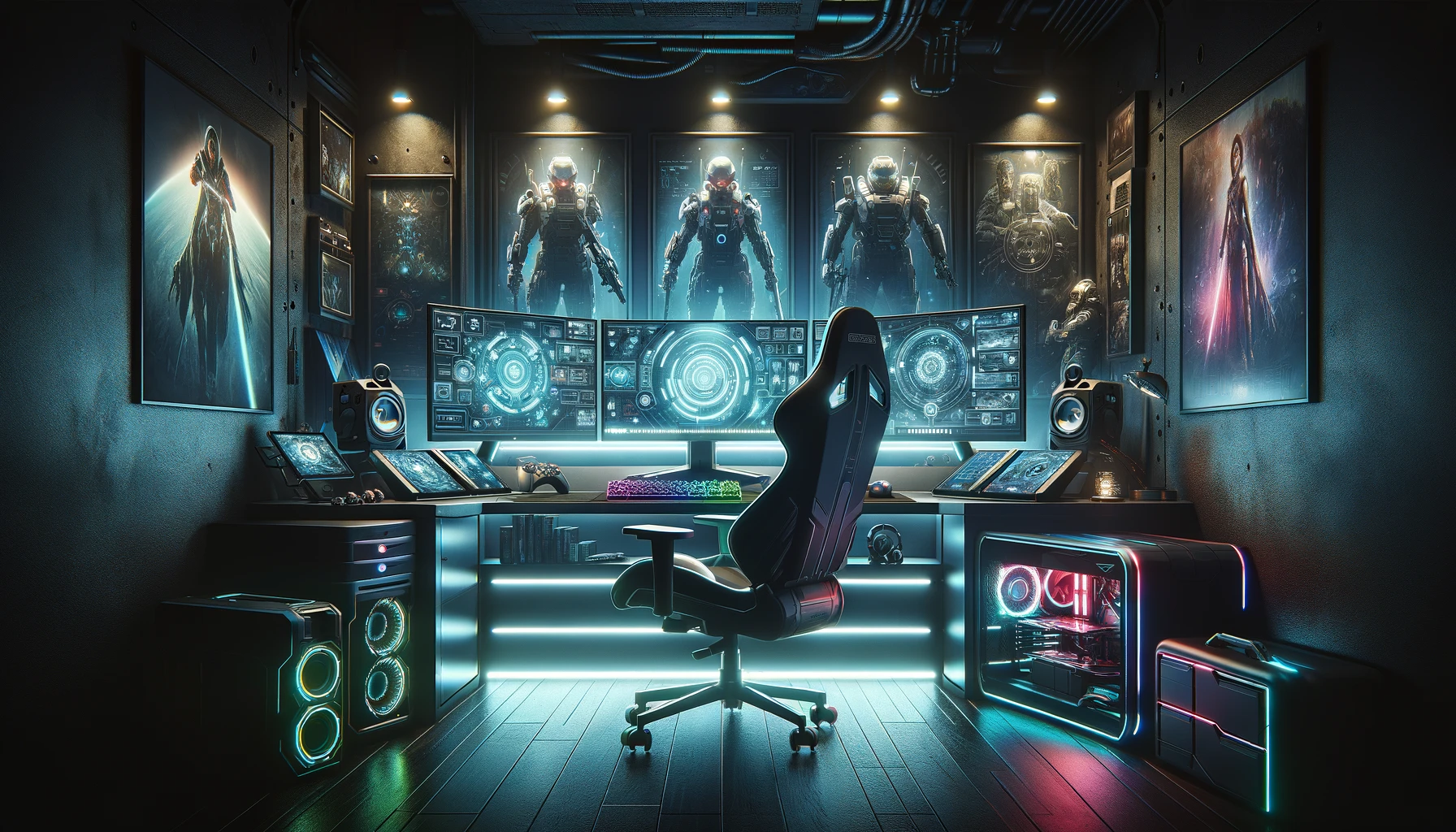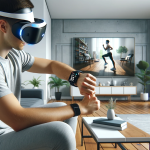In an unexpected turn of events, Gartic Phone, a popular online drawing game, introduced an AI art mode over the weekend, sparking significant backlash from the artist community. This mode allowed players to generate drawings based on typed phrases, a feature that was swiftly removed following protests from artists who felt their creative contributions were being undermined. The incident has not only caused some artists to boycott the game but also raised concerns about the ethical implications of AI in creative spaces.
Community Response and Business Impact
The removal of the AI art mode from Gartic Phone came swiftly as artists voiced their disapproval on various social platforms. Creators like ArtWomble expressed their discontent, stating that the mode was a “slap in the face” to artists everywhere. This segment of Gartic Phone’s user base has been instrumental in promoting and enriching the game, often hosting large-scale streams and creative contests. Their withdrawal of support poses a potential threat to the game’s popularity and community engagement.
Exploring Previous Similarities
Gartic Phone’s brief flirtation with AI isn’t the first instance of technology clashing with traditional artistic processes. Other platforms have attempted to integrate AI, leading to mixed receptions regarding the preservation of artistic integrity and originality. The gaming community has seen similar integrations in the past, where AI tools have been used to enhance gameplay but faced resistance when perceived as replacing human creativity. These precedents echo the challenges Gartic Phone faces, balancing technological innovation with community values.
Insights from Related Articles
Further exploration into the topic by sources like Engadget in “AI’s Role in Gaming: Innovation or Intrusion?” and Polygon’s “The Fine Line of Tech in Arts” reveals a broader tech trend. These articles discuss the thin line between enhancing user experience and overshadowing human elements, a dilemma Gartic Phone encountered. They underscore the importance of maintaining a balance where technology supports rather than supplants creative human input, highlighting the potential for alienation if not handled sensitively.
Scientific Perspectives on AI in Art
Academic exploration further deepens understanding of this issue. A study published in the Journal of Creative Technologies, titled “AI and the Future of Artistic Creation,” argues that while AI can replicate styles and techniques, it lacks the intrinsic emotional depth of human-created art. The paper suggests that AI should be used as a tool for enhancement rather than replacement, a point that resonates with the concerns raised by the artist community in Gartic Phone’s scenario.
Useful Information
- AI can enhance but not replace human creativity.
- Community backlash can impact technological adoption.
- Ethical considerations are crucial in AI integration.
In conclusion, Gartic Phone’s introduction and rapid removal of an AI art mode highlights a critical ongoing dialogue about the role of technology in art. The backlash from the artist community reflects broader concerns about AI’s place in creative industries, emphasizing the need for tools that enhance rather than replace human creativity. This incident serves as a reminder of the delicate balance companies must maintain while innovating, ensuring they honor and support the human elements that have contributed to their success.










